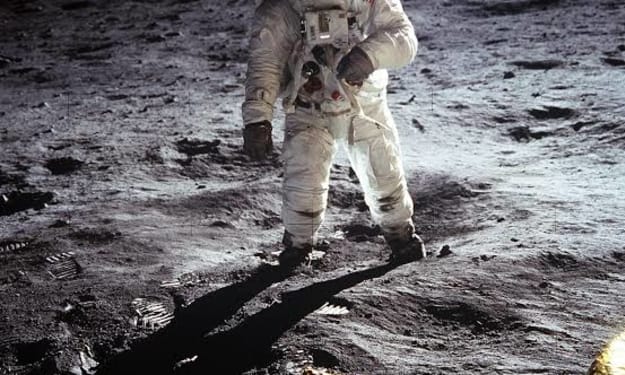
The fusion reaction inside the sun has been increasing, on average, every 1 billion years, it will release about 10% more energy, according to this calculation, in 1 billion years, the temperature of the earth's surface will rise to more than 50 degrees Celsius, then the earth will no longer be suitable for human survival, and in 5 billion years, the sun will also be because the core "fuel "The exhaustion of the core "fuel and expand into a red giant ......
In short, the Earth will not always be suitable for human habitation, sooner or later, humans must leave the Earth, or even leave the solar system, otherwise, human civilization will completely disappear from the universe. But it seems that the sun leaves a lot of time for human beings, and perhaps we can be optimistic that in a few hundred million years, human beings will have developed into a super civilization that can traverse the universe.
However, the sun is not the only threat from the universe, we should know that there are 200 to 400 billion stars in the Milky Way galaxy, they and the sun together around the galaxy's center of mass, although the stars in the galaxy as a whole are moving in the same direction, because of the large number of stars in the galaxy, their rotation speed is not uniform, coupled with the role of gravity, so the stars and The stars are not all moving in the same direction.
Confirmed again! Our solar system will be invaded by a star
Scientists have been concerned about the future invasion of our solar system by other stars, and by analyzing data from satellites, they can calculate the future trajectory of many stars in the region near the Sun.
In 1989, Hipparchus, a satellite designed to measure the parallaxes and motions of stars in our galaxy, was launched, and based on updated measurements from Hipparchus in 2007, scientists have calculated that one star, Glimpse 710, will be in the vicinity of the Sun in about 1.5 million years. The star will be unusually close to the Sun in about 1.5 million years when it is calculated to be within 1.1 light-years of the Sun.
In 2013, Gaia, the "successor" to the Iva Valley satellite, was launched, offering greater precision and a larger detection range than its "predecessor. It has higher accuracy and greater range than its predecessor. Recently, a team of researchers from the Pullover Observatory in St. Peters burg reconfirmed that Glimpse 710 will be near the Sun in the future, according to the "Gaia Early Data Release 3" (GAIA EDGER) updated on Dec. 3, 2020. Anomalous proximity.
According to the researchers, Glimpse 710 is currently 62 light-years away, and according to their calculations, the star will invade our solar system in about 1.32 million years, when the star will be much closer to the Sun than previously calculated, with a calculated value of 0.020 ± 0.007 seconds difference.
The difference of 1 second is about 3.26 light-years, which means that the closest distance between "Glimpse 710" and the Sun can reach 0.065 light years (about 4100 astronomical units), relatively speaking, the radius of the solar system is about 1 light year (using the Otter Nebula as the boundary).
Not much time left for humans
Observations show that "Glimpse 710" is an orange dwarf, located in the sky in the direction of the constellation Serpens, with a mass of about 60% of the Sun's mass and a diameter of about 800,000-900,000 km. It is easy to guess what will happen when such a huge star invades our solar system.

We know that there are a large number of small objects in the Oort Nebula, Kipper Belt, and Asteroid Belt, which are small in mass and fast in speed and are very susceptible to the gravitational pull of other objects. It is conceivable that when "Glimpse 710" comes, its huge gravitational force will cause a large number of small objects to deviate from their original stable orbits, thus increasing the risk of Earth being hit by small objects.
In addition, in the scale of astronomy, 0.065 light years is already very close, when a star with more than half the mass of the Sun appears in such a close position, its gravity will also affect the eight planets of the solar system, in this case, although the eight planets will still be firmly bound by the Sun's gravity, their orbits will be more or less certain shift, and the consequences of this will be unpredictable. The consequences will be unpredictable.
In short, there is not much time left for mankind, and if we do not prepare well before the arrival of "Glimpse 710", we may face a huge crisis. The good thing is that mankind still has 1.32 million years, according to the current pace of development of human technology, which should be enough for mankind to develop a powerful technology to resolve this crisis.
It is conceivable that humans in the future can change the orbit of the sun through stellar control devices, so that the sun and "Glimpse 710" at a safe distance miss each other perfectly, and if then the human technology is strong enough, and can even directly destroy this threat to human stars.






Comments
There are no comments for this story
Be the first to respond and start the conversation.